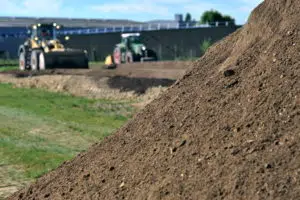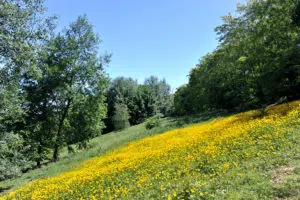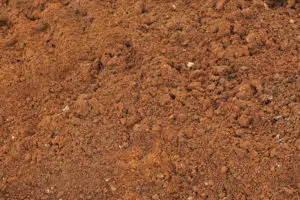Contribute to Zero Net Artificialization objectives
ZAN: one approach, one goal
ZAN is designed to protect natural, agricultural and forest areas (NAF). The aim is to combat theartificialization of land and to reduce land consumption.
The resulting national strategy calls for :
- to densify cities,
- to convert wasteland,
- seek balance and compensation in land use.
The aim is to avoid any net artificialisation of land by 2050.
Regional planning documents (Sraddet) will have to indicate a ZAN trajectory and ten-year objectives.
The ZAN objective was already mentioned in the the
ALUR law
law of 2014 and in the
Biodiversity Plan
in 2018. But it was instituted in the 2021 Climate and Resilience Act, amended by the 3DS law.
2 decrees have specified the conditions of application :
- decree no. 2022-762 of April 29, 2022
- decree no. 2022-763 of April 29, 2022.
Rehabilitation of agricultural land on the ECT site in Louvres (95)
AM Filaire
Useful definitions
Gross artificialisation is defined as the lasting alteration of all or part of a soil’s ecological functions. In particular its biological, hydric and climatic functions, as well as its agronomic potential through occupation or use”.
Soil renaturation, or desartificialisation, consists of “actions or operations to restore or improve soil functionality.”
These actions have the effect of transforming artificial soil into non-artificial soil.
A regulatory nomenclature of soil types considered as artificial or non-artificial has been defined.
Net Zero Artificialization (ZAN) is calculated by subtraction.
ZAN = Gross Artificialization – Renaturalization or desartificialization.
How does ECT contribute to communities' ZAN objectives?
- ECT developments, such as the creation of parks, forests, nature areas, rehabilitating wasteland and agricultural sites, are not artificializing.
- The reconstituted soils are permeable and offer full ecological functionality.
- ECT's land development creates non-artificialized surfaces and contributes to a positive ZAN balance.
Renatured areas on the ECT site at Annet-sur-Marne (77)


